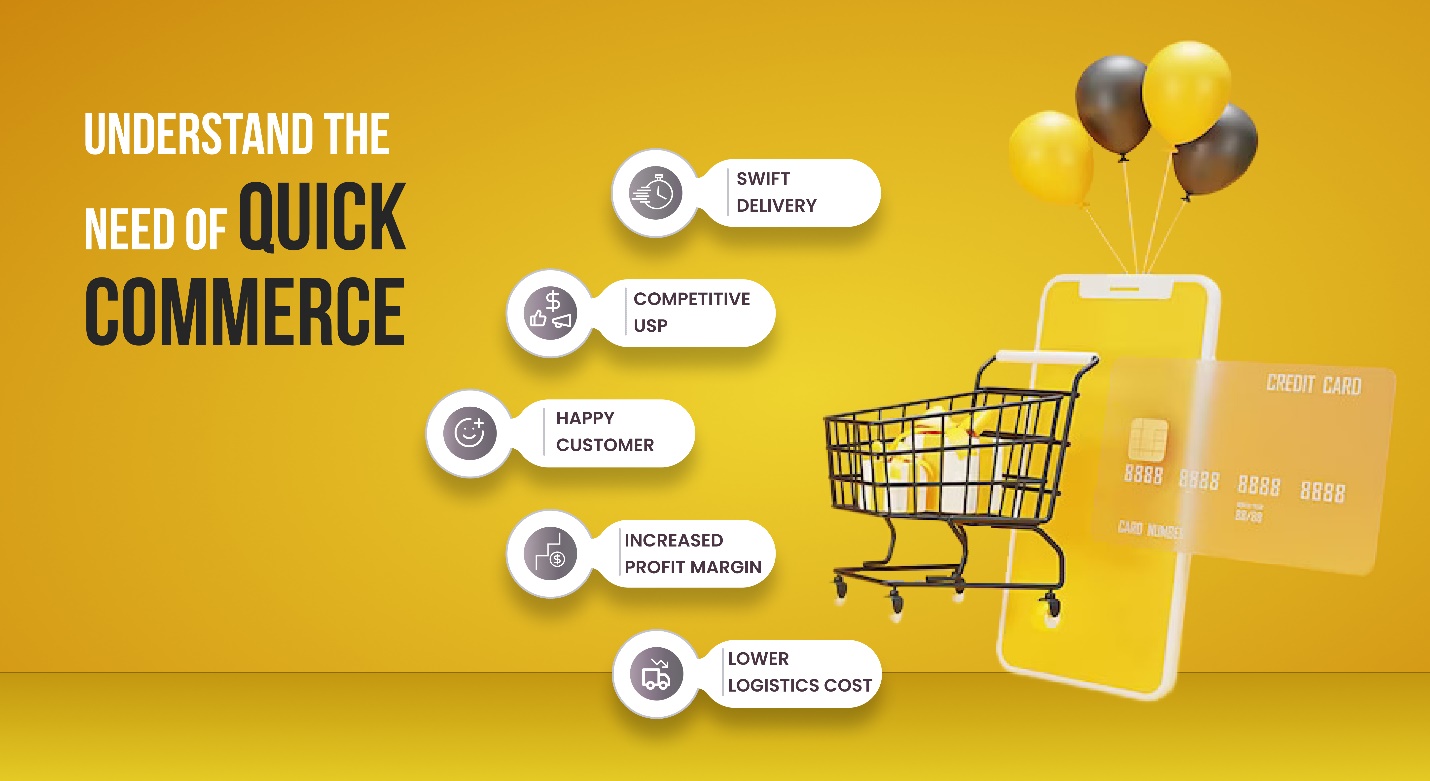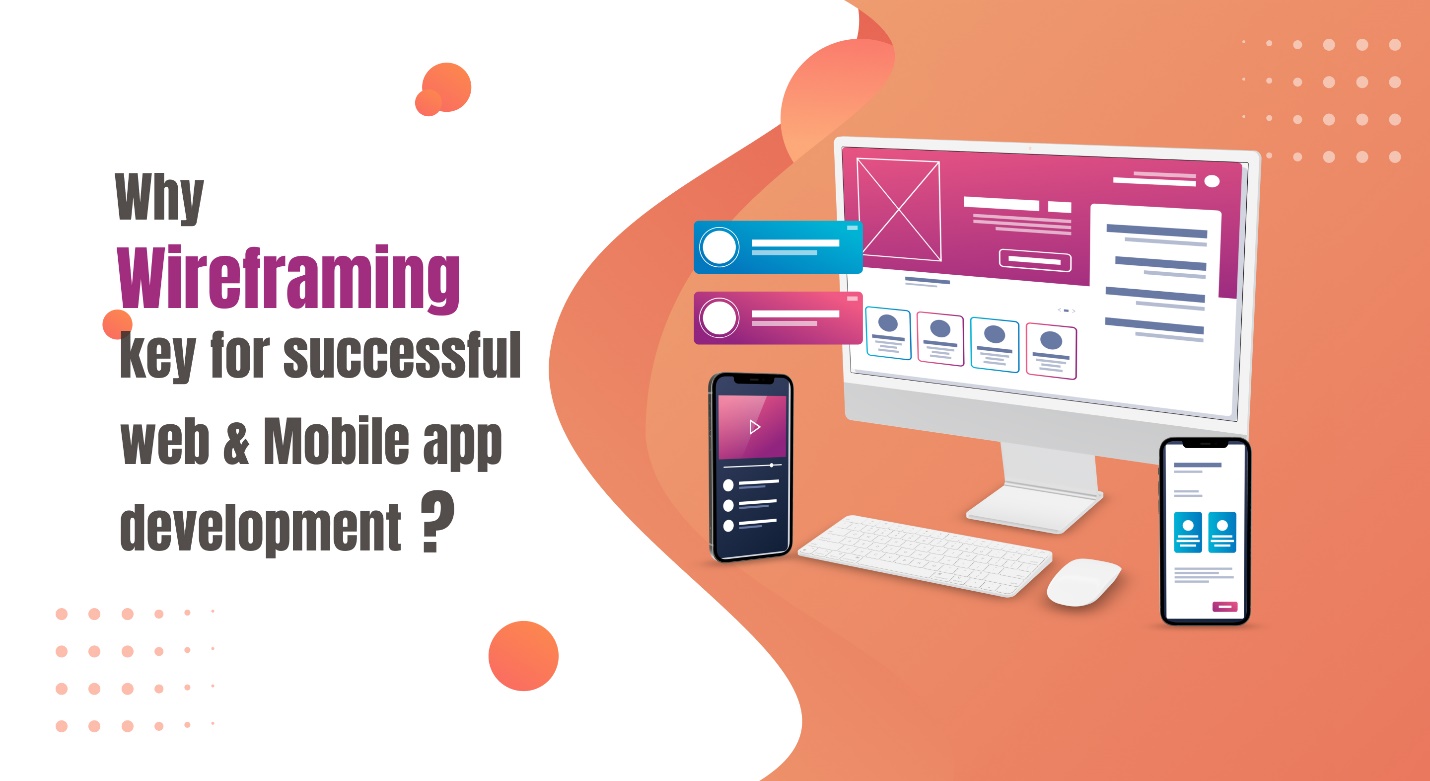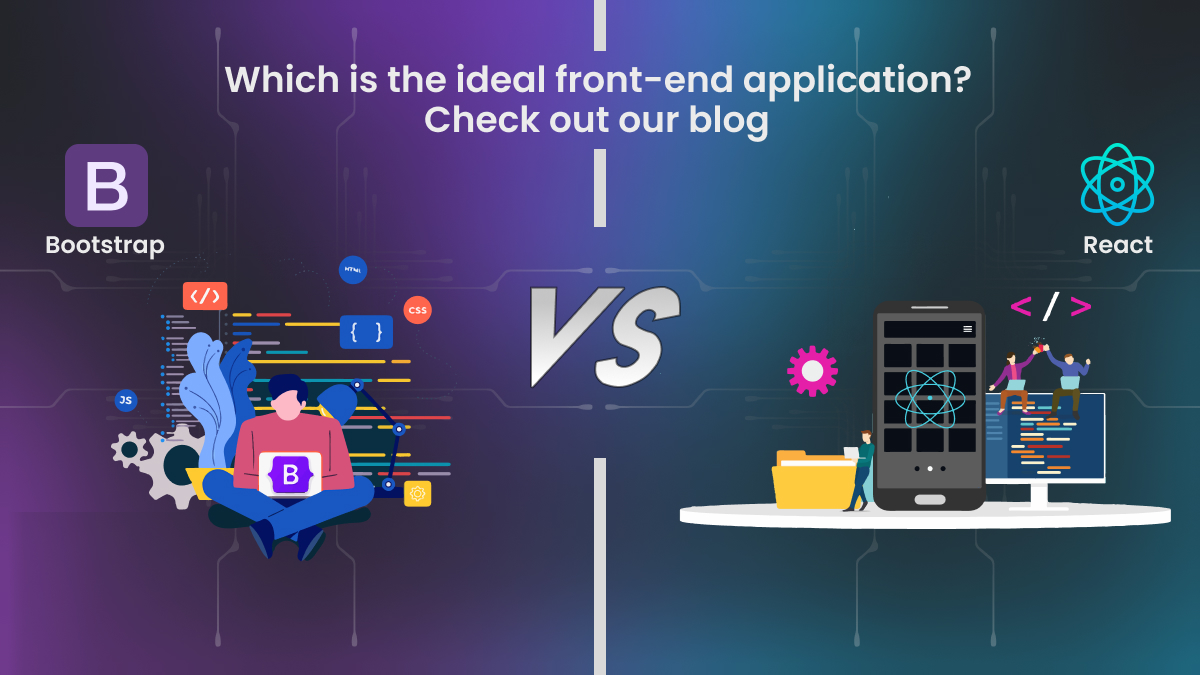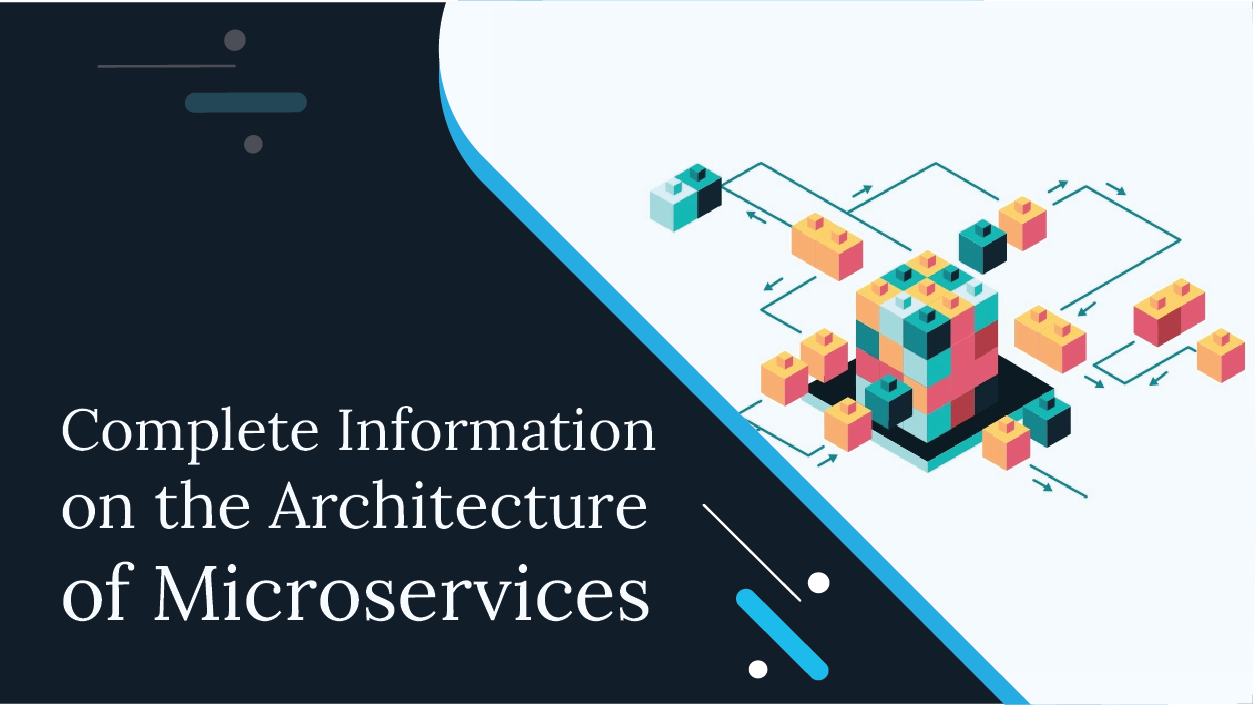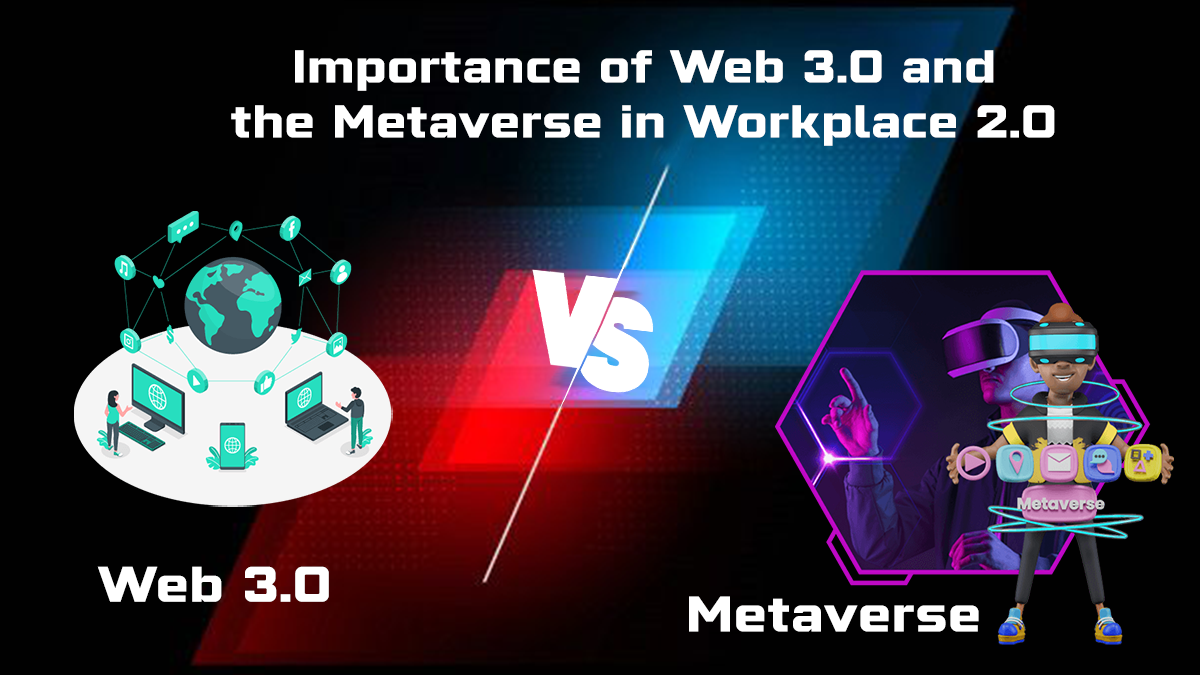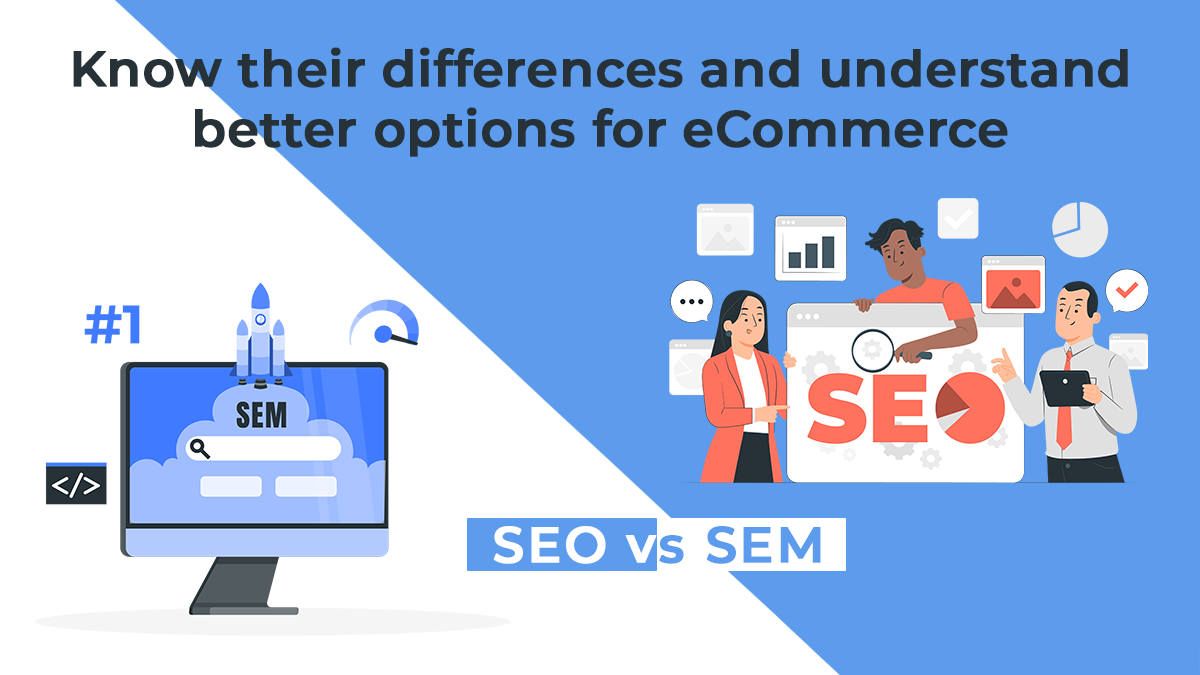Quick Commerce is a fast-growing technology that has revolutionized the way businesses conduct their operations. It provides businesses with a powerful and cost-effective platform for managing their products, services, and customers. With Quick Commerce, businesses can easily create their online store, manage their inventory, take orders, process payments, and track customers. Quick Commerce offers many advantages that can help businesses streamline their operations and increase their bottom line. Now, let’s discuss the importance of Quick Commerce and how it can benefit your business.
The benefits of Quick Commerce
Quick Commerce provides a range of advantages for businesses. Here are some of the main benefits that you can gain by using Quick Commerce:
1. Speed
One of the biggest advantages of Quick Commerce is that it is incredibly fast. Transactions take place quickly, with customers able to complete transactions in a matter of seconds. This saves time and allows businesses to serve more customers in less time.
2. Security
Quick Commerce uses secure encryption methods to protect customer data. This ensures that personal information and payment details are kept safe and secure.
3. Cost Savings
Quick Commerce is often much cheaper than traditional payment methods. This makes it an attractive option for small businesses looking to save on costs.
4. Easy to Use
Quick Commerce is designed to be easy to use for both customers and businesses. Customers can easily and quickly complete transactions, while businesses can easily set up and manage their accounts.
5. Global Reach
Quick Commerce allows businesses to reach customers all around the world. This opens up new opportunities for businesses to grow and expand into new markets.
6. Flexibility
Quick Commerce can be used to accept payments from different types of customers, including credit cards, debit cards, and bank transfers. This gives businesses more flexibility when it comes to accepting payments.
Statistics of Quick Commerce
Quick Commerce has become increasingly popular in the past few years. According to recent statistics, trillions of transactions have been made using Quick Commerce since its launch. This makes Quick Commerce one of the most popular payment processing solutions in the world.
The biggest benefit of Quick Commerce is its convenience. It eliminates the need to use cash or a credit card to make payments, allowing customers to complete transactions quickly and securely.
Not only is Quick Commerce a convenient and secure payment option, but it also provides businesses with a wealth of data. Through the Quick Commerce platform, businesses can easily access information about customer purchases and can track trends in spending habits. This data can then be used to improve customer service and create more effective marketing campaigns.
Overall, Quick Commerce is an incredibly popular payment processing solution that offers a variety of benefits for both businesses and customers. Its popularity continues to grow each year, making it an invaluable asset for any business.
Summing Up
Quick Commerce is a powerful tool for small businesses to take their sales and customer engagement to the next level. It provides easy access to payment processing, inventory management, and shipping solutions, as well as customer relationship management capabilities. With Quick Commerce, small businesses can grow their sales with confidence, improve their customer relationships, and reduce overhead costs. In short, Quick Commerce is an invaluable tool for small businesses looking to stay ahead of the competition and increase their revenue.

